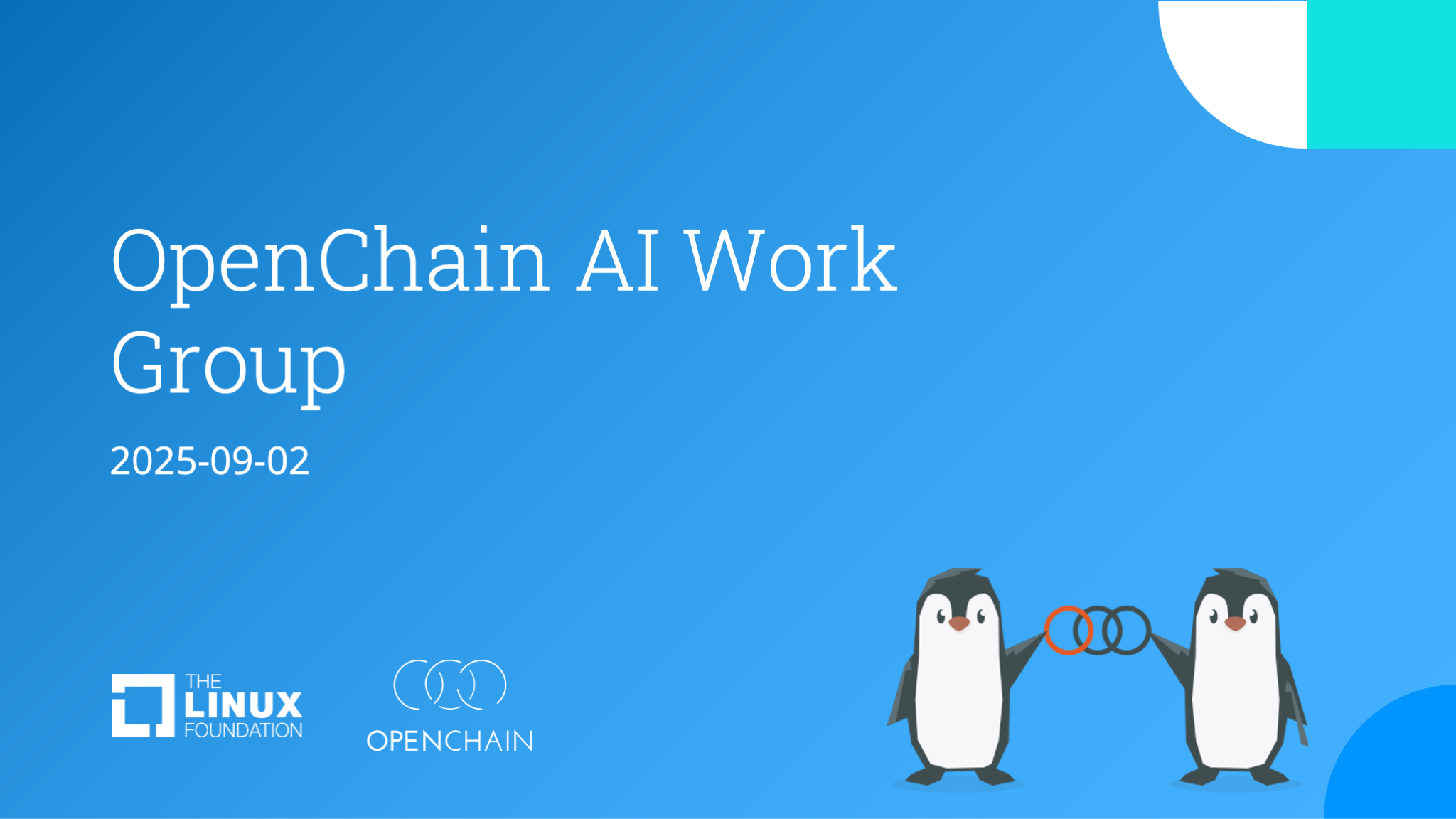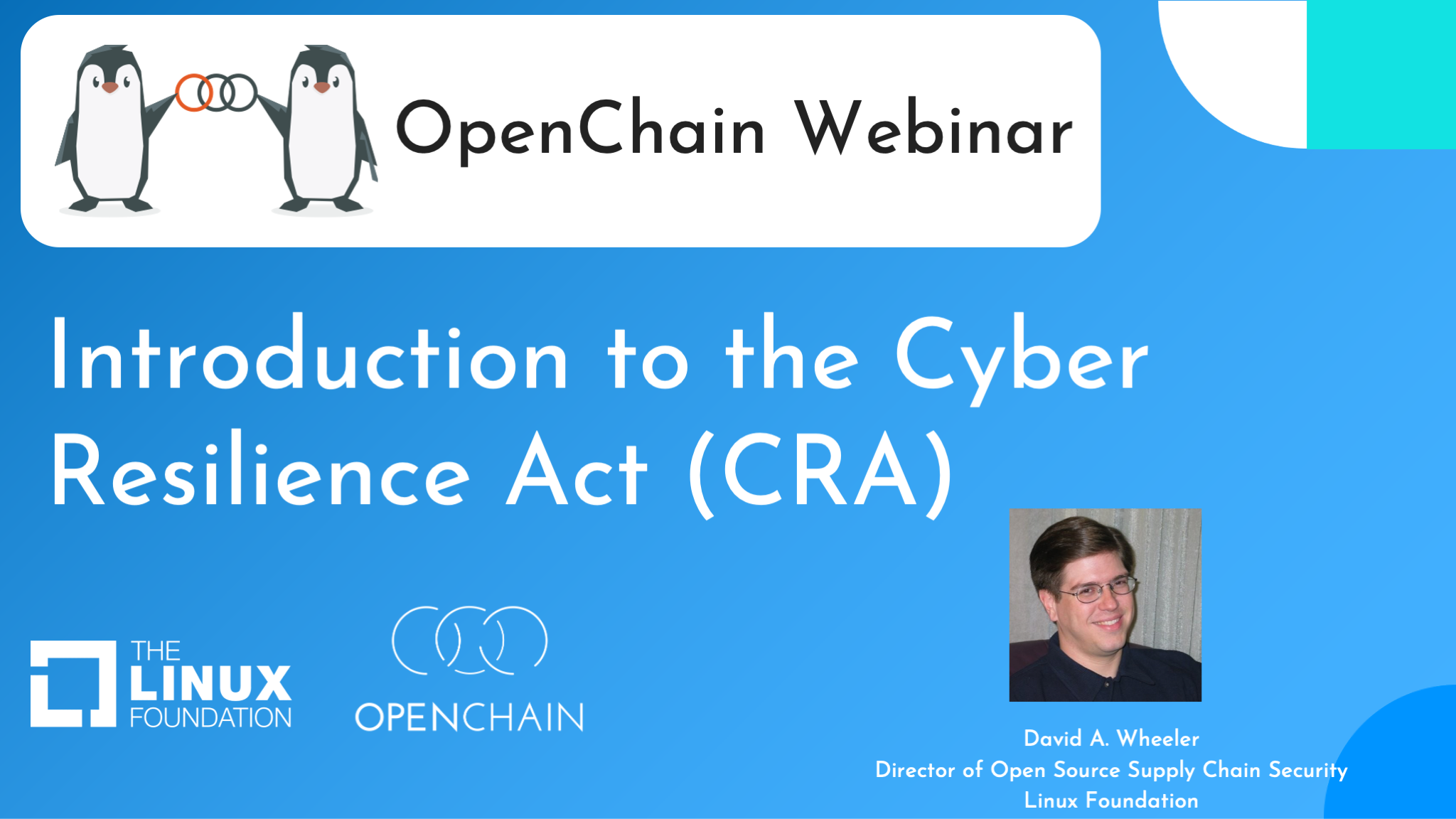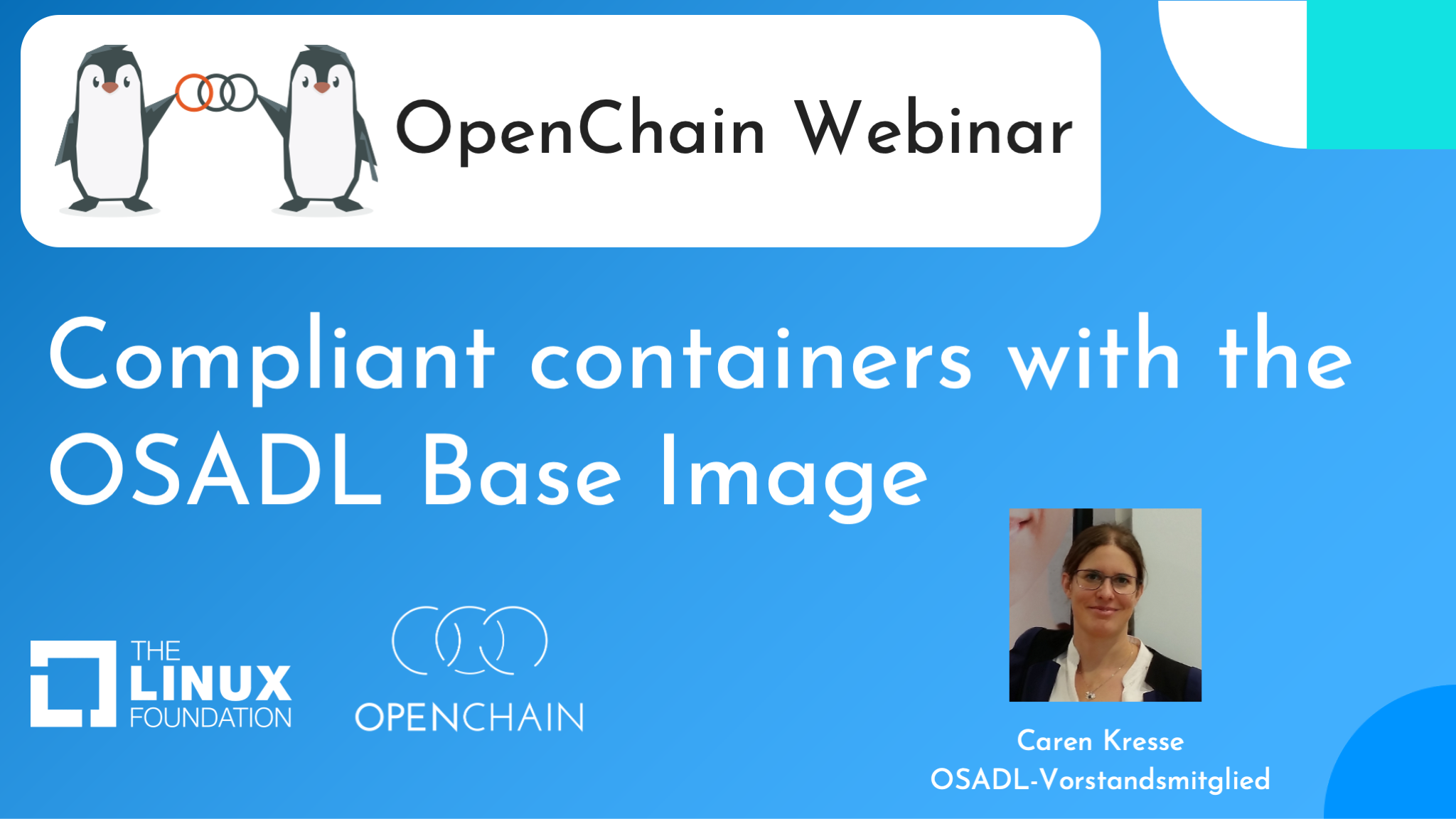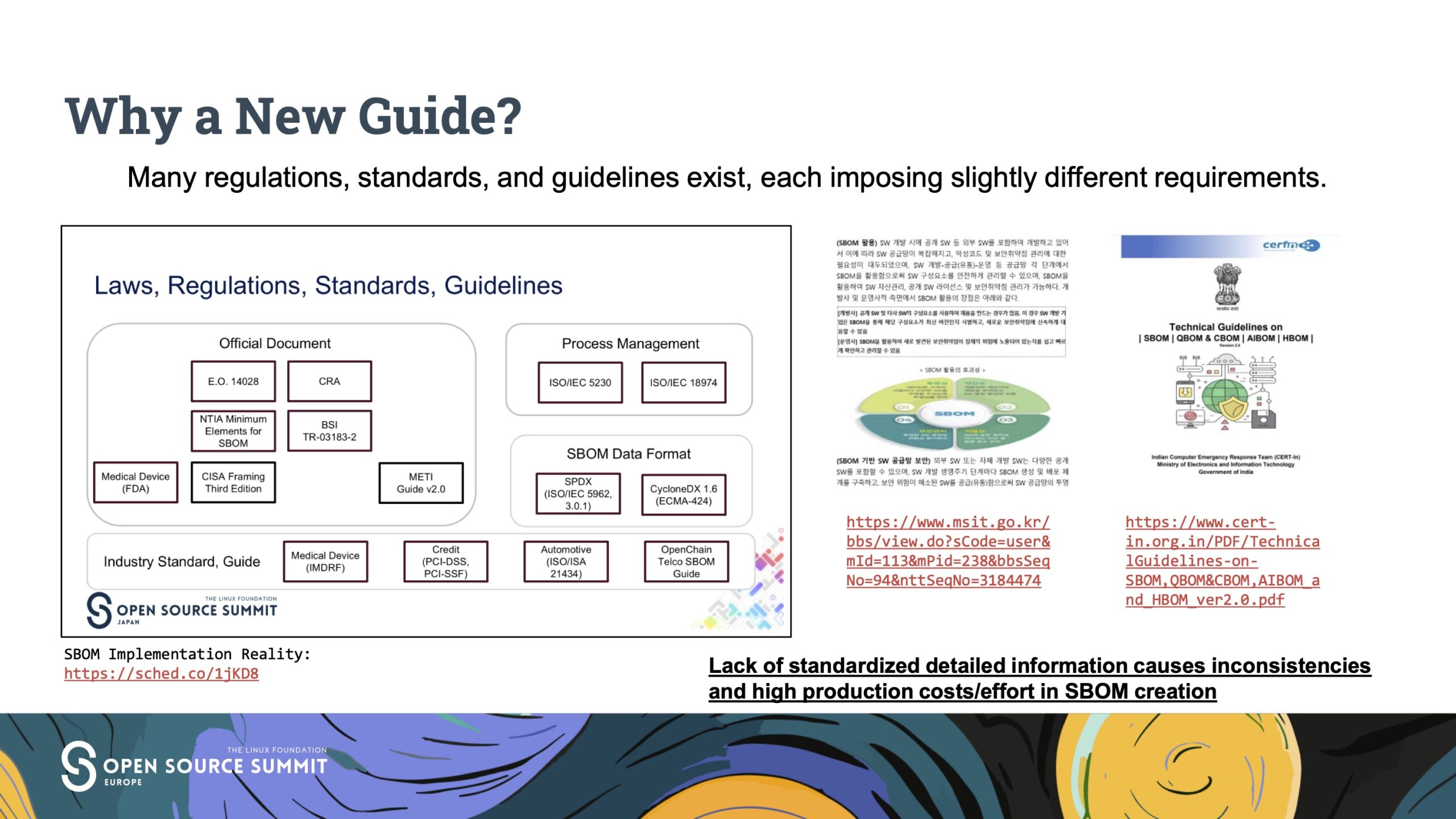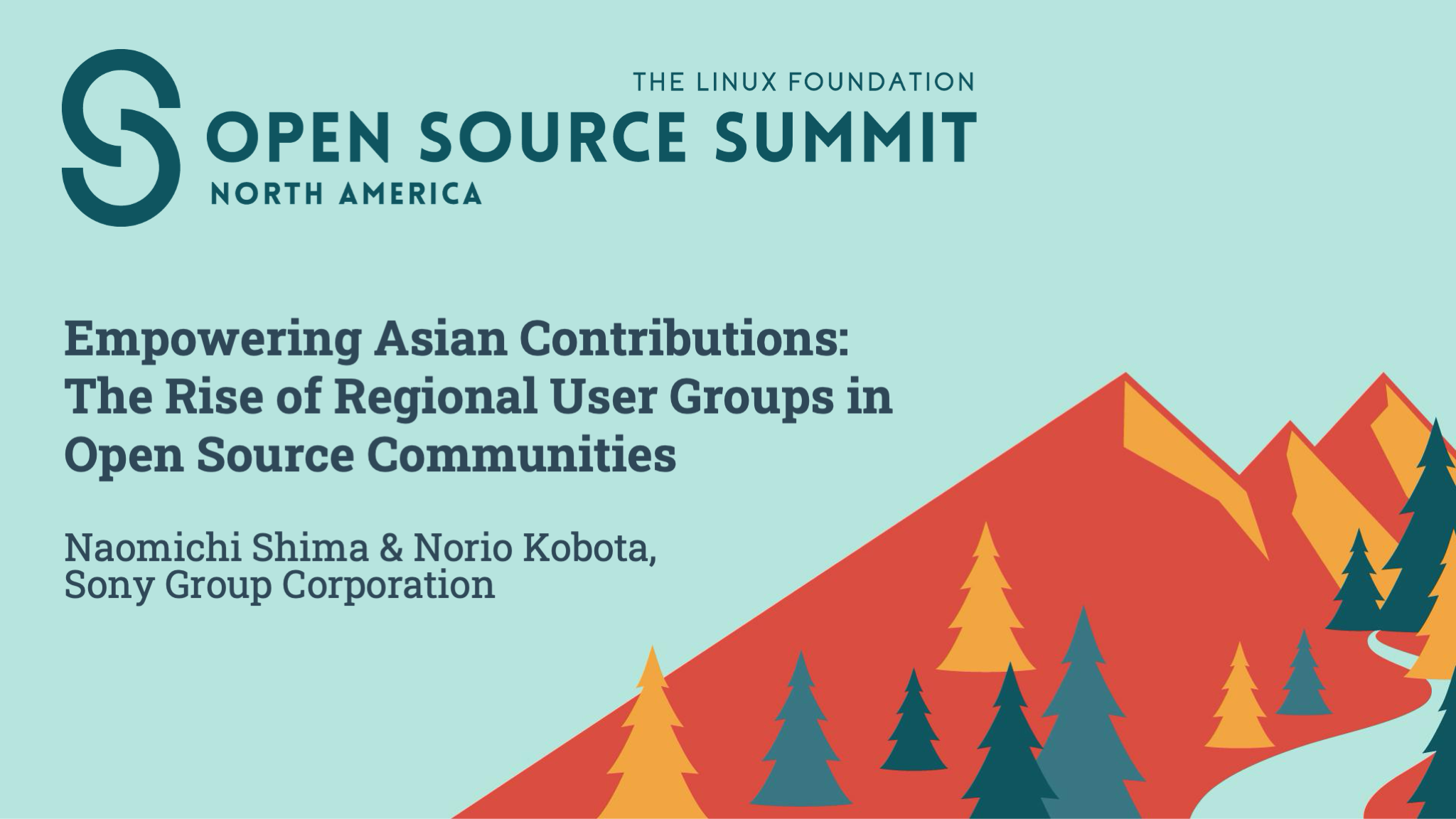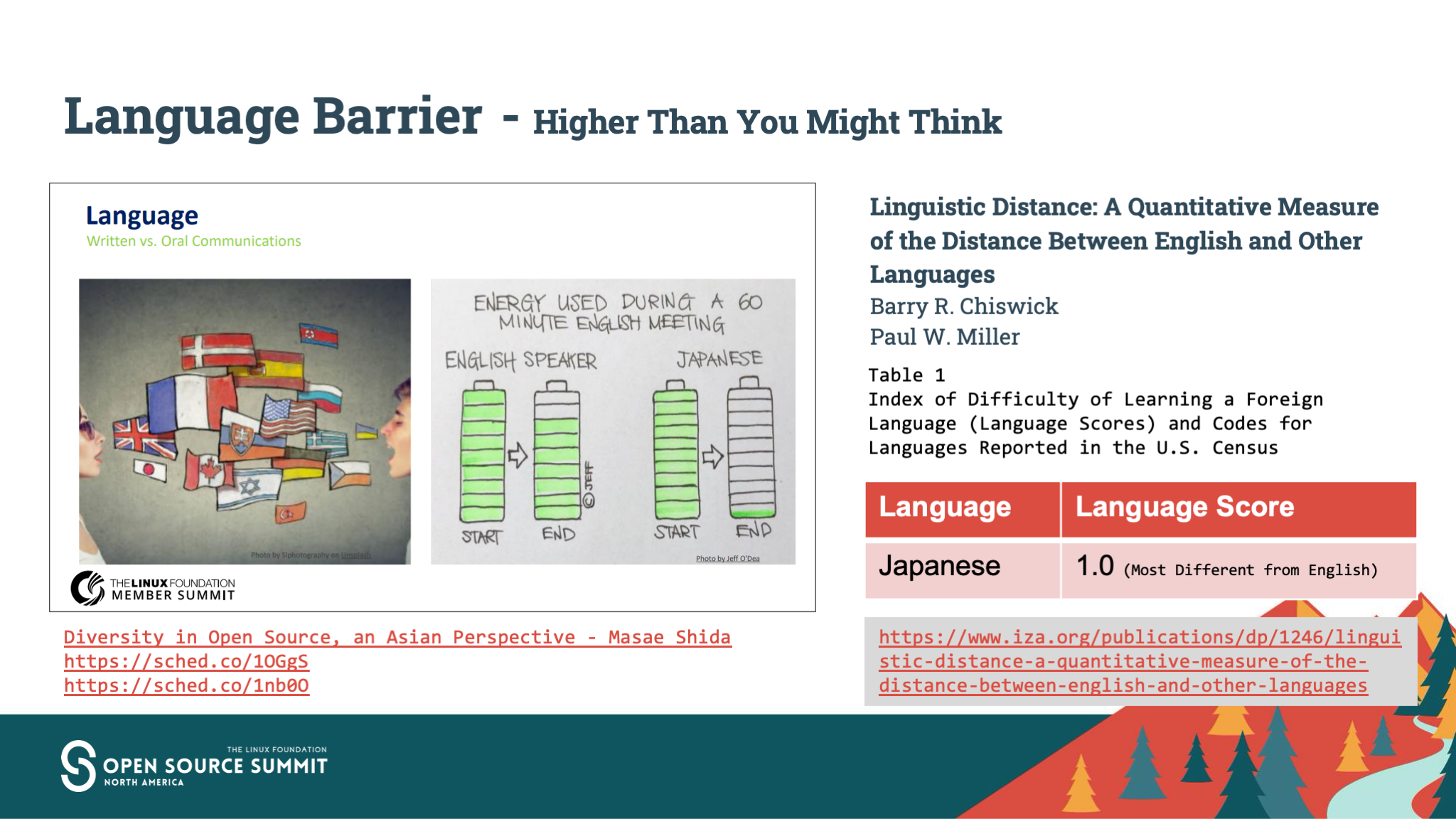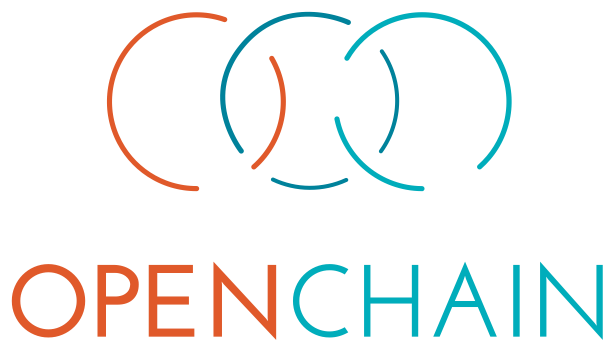Key Announcements & Action Items:
- Public Comment Period for AI Bill of Materials: The OpenChain Project has announced a public comment period for its “Artificial Intelligence System Bill of Materials – Compliance Management Guide for the Supply Chain.” This is a key opportunity for professionals to provide feedback and shape this important guidance.
- New Leadership: The 2025/2026 chairs for the OpenChain Specification, Education, and Telco Work Groups have been elected.
- Action: Meet the new chairs and consider reaching out to them with your ideas and offers of support.
Conformance & Community Growth:
Several companies have announced their conformance with OpenChain ISO/IEC 5230, demonstrating the standard’s growing adoption across various industries.
New Resources & Materials:
- Updated Overview Slides: The OpenChain overview slides have been updated for July 2025, providing fresh material to explain the path to a more trusted supply chain.
- Action: Get the slides to use in your own presentations and to advocate for open source compliance within your organization.
- Telco Industry Handbook & Translation: A new handbook for software supply chain security in the Telco industry has been released, along with a Korean translation of the OpenChain Telco SBOM Guide.
- Action: If you work in the telecommunications industry, these resources are essential reading.
Webinars & Recordings:
A wealth of knowledge has been shared through recent webinars and community calls. These recordings are a great way to catch up on the latest discussions and best practices.
- Action: Review the recordings of past meetings to get up to speed on the topics that interest you most. You can also join future meetings to participate in the conversation live. Find out how to join the mailing lists and attend calls at https://openchainproject.org/participate.
- Webinars:
- ZF’s ISO/IEC 5230 Certification Case Study: Watch Here
- Project OCCTET.eu – The Why, What and How: Watch Here
- Compliance at CARIAD with ORT: Watch Here
- Community Meeting Recordings:
- Special Community Recordings:
- OpenChain Mini-Summit @ Open Source Summit North America: Recording
- Strategy Discussions for Germany and India: Germany, India
- OpenChain Tooling Work Group Video Series: Watch Here
Other Community Updates:
- Japan Work Group Community Day: Notes and pictures from the 34th Community Day in Yokohama. View Here
- Tooling Work Group Slides: Slides from the July 2nd meeting are available. View Here
To get more involved in the OpenChain Project, including joining mailing lists, attending meetings, and contributing to the work, please visit: https://openchainproject.org/participate
